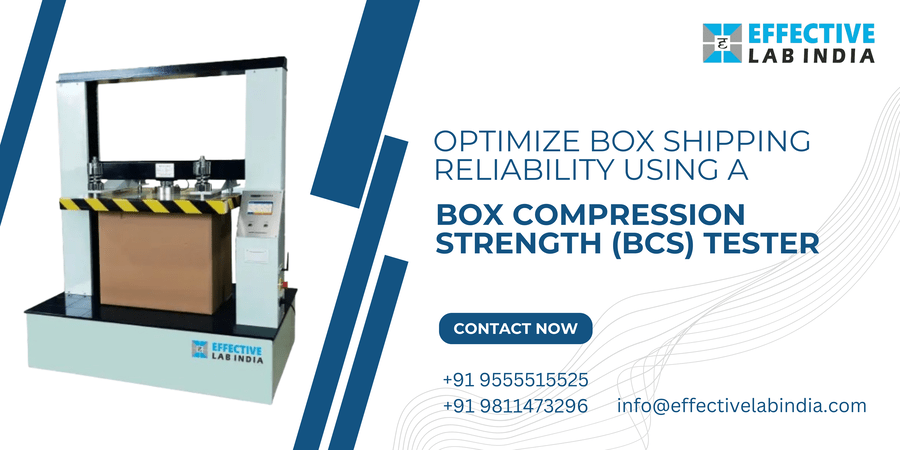Understanding Box Compression Strength (BCS)
Box compression strength (BCS) is a measure of the maximum load a box can withstand before collapsing. This is crucial for determining how well a box can protect its contents during shipping and handling.
1. Setting up the BCS Tester
Ensure your box compression tester is properly calibrated and maintained. Regular calibration checks and maintenance are vital to obtaining accurate and reliable results.
3. Selecting Box Samples
Choose a representative sample of the boxes you use. The sample should reflect the variations in materials, sizes, and construction methods.
4. Conducting the BCS Test
Follow these steps to perform the BCS test:
- Condition the Boxes: Before testing, condition the boxes in a controlled environment (typically 23 °C and 50% relative humidity) for at least 24 hours. This standardizes the moisture content in the boxes.
- Position the box: Place the box on the platform of the BCS tester in the same orientation it will be used during shipping.
- Start the test: Apply a compressive load to the box at a uniform rate until it fails. Record the maximum load the box can withstand before collapsing.
5. Analyzing test results
Evaluate the BCS results to determine the strength of your boxes. Compare the measured BCS against the required strength for your shipping conditions. Consider factors such as stacking height, handling conditions, and transportation methods.
6. Optimizing Box Design
If the BCS results indicate that the boxes are not strong enough, consider the following optimization strategies:
- Material Selection: Use stronger materials or higher-grade corrugated fiberboard. Double- or triple-walled corrugated boards can offer significant improvements in strength.
- Box Design: Reinforce the box design by adding support features like corner posts or partitions. Optimize the fluting pattern and board construction.
- Size and Shape: Redesign the box dimensions to distribute the load more evenly. Avoid excessive box size, which can lead to higher compression forces during stacking.
- Reinforcements: Add reinforcements such as strapping, edge protectors, or internal supports to increase the box's load-bearing capacity.
7. Re-testing and validation
After implementing design changes, re-test the optimized boxes using the BCS tester to ensure the modifications have improved their strength and reliability.
8. Implementing quality control
Establish a regular testing schedule to monitor the BCS of boxes over time. This ensures consistent quality and identifies any degradation in box performance early.
9. Training and documentation
Train your staff on the importance of BCS testing and the correct procedures. Document the testing process, results, and any design changes for future reference.
10. Continuous Improvement
It's important to regularly seek feedback from shipping and handling personnel to identify any real-world issues with the performance of your boxes. This hands-on insight is invaluable for identifying potential weaknesses or areas for improvement that might not be evident in a controlled testing environment. Use this feedback to continuously refine and optimize your box designs, ensuring they meet the practical demands of everyday use.
To enhance the effectiveness of your packaging solutions, it is beneficial to collaborate with a reputable manufacturer and supplier. Effective Lab India, known for its commitment to quality and reliability, is an excellent choice. Partnering with such a company ensures that your box designs are not only innovative but also constructed with high-quality materials and manufacturing standards. This collaboration can lead to more durable and efficient packaging solutions, ultimately resulting in better protection for your products and increased customer satisfaction.
By combining the practical insights from shipping personnel with the expertise of a trusted manufacturer like Effective Lab India, you can develop packaging solutions that are both highly functional and reliable, meeting the needs of your business and your customers.
By following these steps, you can effectively use the Box Compression Strength tester to optimize the shipping reliability of your boxes, ensuring they provide adequate protection for your products during transportation and handling.

